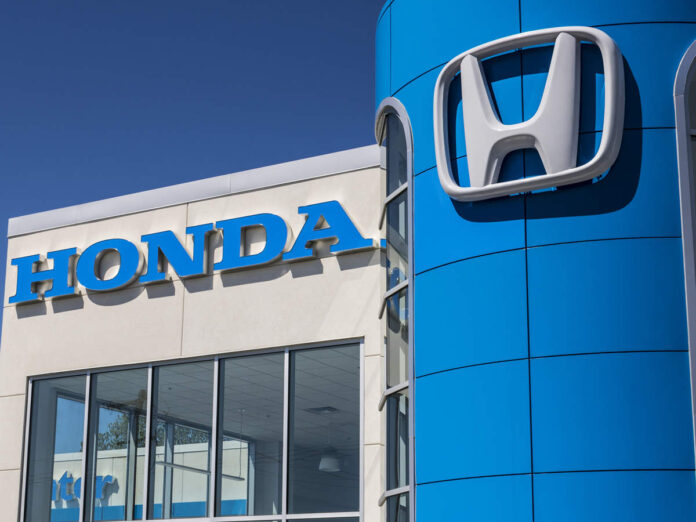A Global Outlook From Day One
According to Rothfeder, Honda has looked outward from its home shores well before other manufacturers considered making or even selling products overseas. Its founder Soichiro Honda always believed in global expansion and famously bemoaned the limited growth opportunities in “little Japan.” When the company was only a few years old, he declared that it must “maintain an international footprint” and perceive the rest of the world as its potential customer base (White, 2020).
His mission was soon realized, and by 1959 Honda was selling motorcycles in the U.S. and cars soon after that. In 1974, Honda launched the Civic, which was the first car to meet stringent U.S. Clean Air Act emissions standards even though other key players claimed it was not economically viable. It was also the first non-domestic automaker to successfully manufacture cars in the U.S. when it opened its Anna facility in 1982 (White, 2020).
“Honda’s aggressive early globalization strategy in the U.S. was followed by similar successful forays in other parts of the world: It was the first Japanese company to produce cars in China and its earnings record in India and Southeast Asia and other far-flung regions is the envy of the auto industry,” says Rothfeder (White, 2020).
Don’t Globalize, Localize
Honda, unlike many of the world’s key automotive companies, isn’t controlled by a headquarters but rather allows each of its subsidiaries to operate as autonomous companies. By avoiding a top-down approach, the company allows its subsidiaries to design and build vehicles based on local demands (White, 2020).
Furthermore, Honda is praised for its conviction about doing it all in one place—in other words, it has engineering, design, and manufacturing functions at every facility. While many industrial companies choose to keep R&D and other technical functions close to home, Honda allows each plant to take control so it can react to local preferences and consumer behavior (White, 2020).
Analysis
This article helped me learn more in-depth about Honda’s journey to becoming one of the world’s most innovative car companies. Honda’s localization strategy and approach to letting subsidiaries operate autonomously resonate with me deeply. It emphasizes the importance of understanding regional differences and listening to consumer needs, which is very important in the design process. Another detail that I found very insightful is the practice of “Waigaya,” meetings or conversations in which participants are encouraged to share ideas, reevaluate problems, etc. The practice of waigaya is to foster critical thinking and collaboration culture in the work environment. I found this idea very insightful because design also requires a lot of critical thinking, and two industries adapting similar approaches to promote critical thinking is striking to me.
References:
White, G. (2020, May 16). How Honda became one of the worlds most innovative car companies. Manufacturing Digital. https://manufacturingdigital.com/smart-manufacturing/how-honda-became-one-worlds-most-innovative-car-companies




